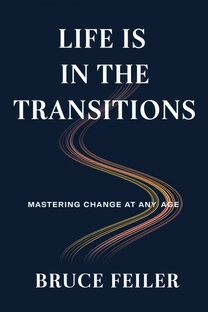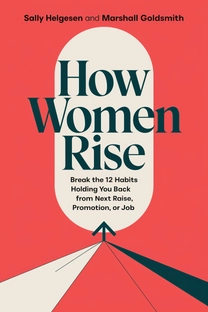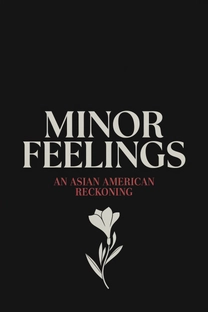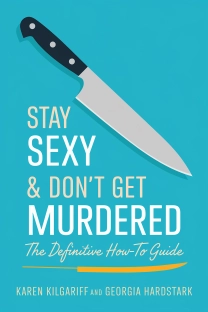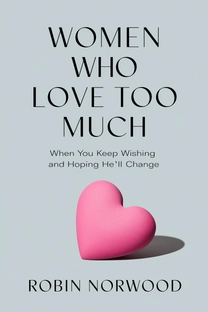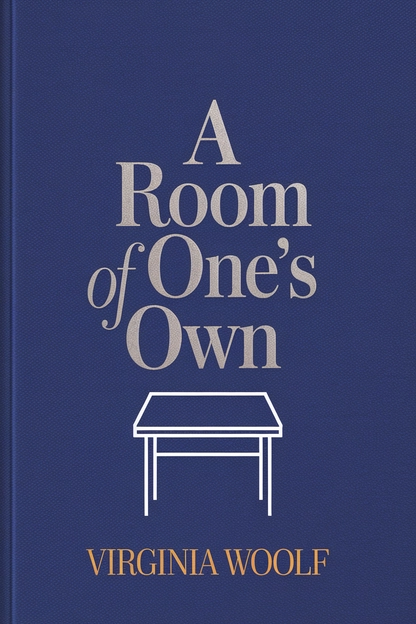
A Room of One's Own
by Virginia Woolf
Brief overview
This book highlights the social and economic barriers that prevent many people—especially women—from realizing their creative potential. It stresses how stable finances and private space can free one’s mind and nurture a truer, deeper sense of self-expression. By delving into centuries-old attitudes and personal reflections, it urges readers to question norms and become bolder in their own pursuits.
Introduction: Stepping Beyond the Old Boundaries
Imagine wanting to write but constantly being told there’s no place for you—either literally or metaphorically. This is where our inquiry begins. The question isn’t just where to put pen to paper, but how social factors shape that simple act of writing.
You’ll explore how mainstream society once barred women from libraries, academic lawns, and household finances alike. Even dinner arrangements could feel like acts of exclusion. Why does any of this matter? Because when your movements are policed, your thoughts can become policed as well.
In this journey, you’ll witness that creativity demands breathing room—financial, psychological, and literal. The reflections shared here show a bigger picture: everyone needs some measure of privacy and support to become their most inspired self.
Walking Through Academic Halls
Walking through a traditional university campus, you notice the grass is open only to those with the right pedigree. Back in the day, women were simply told: ‘Keep off the lawn.’ But it wasn’t only about preserving well-manicured turf—it symbolized centuries of gatekeeping and power structures.
These institutions were built with the help of patrons, kings, and magnates who pooled resources. Students—mostly men—reaped the benefits of grand libraries, luxurious dining halls, and fully funded scholarships. Meanwhile, prospective women learners pieced together their education in cramped corners or were denied entry outright.
It’s no wonder that this imbalance shaped who felt free to create, debate, or dream. The exclusivity was not only physical—an elegant campus or library steps—but also mental, teaching women to doubt their own right to knowledge. In these hallowed halls, we begin to see why it became so hard for women to carve out their intellectual space.
What is A Room of One's Own about?
A Room of One's Own by Virginia Woolf is a seminal work that delves deeply into the social and economic constraints faced by women, spotlighting how these barriers stifle creative potential. The central thesis revolves around a compelling argument: that possessing financial security and personal space is essential for an artist, particularly for women historically sidelined in creative fields. Through eloquent prose and powerful metaphor, Woolf underscores the liberating impact of independence and privacy, urging readers to challenge conventional norms and strive for self-expression.
This thought-provoking exploration is steeped in the feminist canon, offering readers a nuanced perspective on gender disparities that have traditionally hindered female artistic output. Woolf paints a vivid picture of how personal autonomy and self-confidence can lead to imaginative breakthroughs, ultimately providing a blueprint for breaking through the shackles of historical gender biases. As much about society as it is about creativity, A Room of One's Own continues to inspire and impact readers by highlighting the intersection of gender, art, and freedom.
Review of A Room of One's Own
Virginia Woolf's A Room of One's Own is a compelling narrative blending incisive critique and passionate plea for women's freedom in the creative sphere. At its core, Woolf's prose unravels the historical constraints that have kept women from achieving artistic triumphs comparable to their male counterparts—a theme explored through vivid illustrations backed by personal reflections.
The strengths of Woolf's work lie in her ability to draw parallels between physical space and intellectual freedom. With a writing style both accessible and profound, Woolf offers pragmatic insights into the necessity of economic independence and the literal space to create—a "room of one's own." Her prose is richly layered yet inviting, urging readers to see the world through lenses of both historical context and enduring relevance.
Readers are beckoned to explore the writing's broader implications: that barriers to female creativity still exist today. This makes Woolf's explorations of gender dynamics not only relevant but urgent. While male luminaries like Shakespeare had free reign to develop their talents, women were often resigned to domestic spaces, their potential untapped by society's constraints.
For those examining the intersections of feminism, literature, and society, A Room of One's Own is vital. It not only critiques but also empowers, offering a starting point for conversation and change. This book comes highly recommended for anyone seeking a deeper understanding of the historical and ongoing struggles for gender parity in the arts.
Who should read A Room of One's Own?
- Female entrepreneurs and businesswomen who can draw parallels between financial independence and creative success.
- Aspiring writers seeking insights into the historical and cultural barriers in the industry and how such dynamics have evolved.
- Feminist scholars and activists keen on exploring foundational texts that spurred further feminist discourse.
- Educators and literature enthusiasts who value the intricate relationship between social norms and literary expression.
- Cultural historians interested in the sociopolitical landscape of early 20th-century feminism and its enduring legacy.
About the author
Book summaries like A Room of One's Own
Why readers love Mindleap
10-Minute Book Insights
Get the core ideas from the world's best books in just 10 minutes of reading or listening.
Curated For You
Discover your next favorite book with personalized recommendations based on your interests.
AI Book ExpertNew
Chat with our AI to help find the best book for you and your goals.
Reviews of MindLeap
Love how I can get the key ideas from books in just 15 minutes! Perfect for my busy schedule and helps me decide which books to read in full.
Alex R.
The summaries are incredibly well-written and the audio feature is perfect for my commute. Such a time-saver!
Jessica M.
Great app for personal growth. The insights are clear and actionable, and I love how they capture the essence of each book.
Chris P.
The app is beautifully designed and the summaries are top-notch. Definitely worth every penny!
Sarah K.


